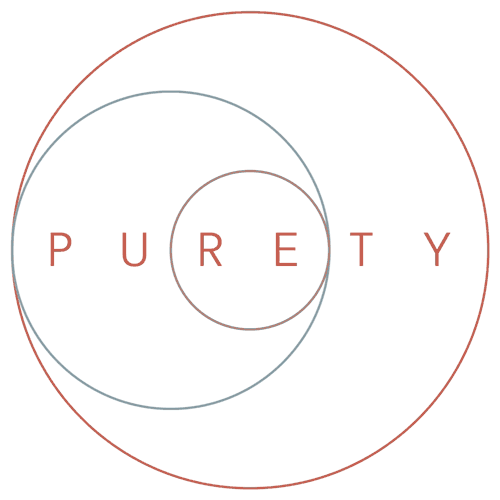Santa Barbara Prolotherapy (PRP) Platelet Rich Plasma
We utilize the nation’s most advanced, concentrated and pure form of platelet rich plasma, ensuring the best possible patient outcomes.
Platelet Rich Plasma is a next-generation injection procedure commonly used to treat the following conditions:
Osteoarthritis of the Knee, Shoulder, Hip and Spine
Partial Rotator Cuff Tears
Chronic Plantar Fasciitis
ACL Injuries
Back and Neck Injuries
Tennis Elbow
Ankle Sprains
Tendinitis
Ligament Sprains
Our platelet rich plasma procedures incorporate significantly higher blood platelet concentrations and are much more pure than PRP offered at clinics utilizing a simple bedside centrifuge to process blood draws. Our PRP therapy procedures produce the best possible patient results and fewer inflammatory side effects due to the purity of the PRP mixture.
Normally, the body’s first response to soft tissue injury is to deliver platelet cells
Packed with growth and healing factors, platelets initiate repair and attract the critical assistance of stem cells
PRP’s natural healing process intensifies the body’s efforts by delivering a higher concentration of platelets directly into the area in need
To create PRP, a small sample of your blood is drawn (similar to a lab test sample) and placed in a centrifuge that spins the blood at high speeds, separating the platelets from the other components. The process is handled manually by a lab technician, producing higher concentrations of platelets and a much more pure concentration of the beneficial blood components
The PRP is then injected into and around the point of injury under ultrasound-guidance, jump-starting and significantly strengthening the healing process
Because your own blood is used, there is no risk of a transmissible infection and a low risk of allergic reaction.
The procedure typically takes about one hour, including preparation and recovery time. Performed safely in a medical office, PRP therapy relieves pain without the risks of surgery, general anesthesia, or hospital stays and without a prolonged recovery. In fact, most people return to their jobs or usual activities right after the procedure.
This will be discussed during your consultation as it depends on the type and extent of the injury. Up to three injections may be given within a six-month time frame. However, a large number of people gain considerable to complete relief after the first or second injection.
Because the goal of PRP therapy is to resolve pain through healing, it could prove to have lasting results. Initial improvement may be seen within a few weeks, gradually increasing as the healing progresses. Research studies and clinical practice have shown PRP therapy to be very effective at relieving pain and returning patients to their normal lives. Both ultrasound and MRI images have shown definitive tissue repair after PRP therapy, confirming the healing process. The need for surgery can also be greatly reduced by treating injured tissues before the damage progresses and the condition is irreversible. PRP therapy is now used throughout professional sports in order to speed up healing and get athletes back in the game.
Treatment Example:
Below you can see a couple of recent ultrasound images taken by Dr Birch while treating a chronic case of Achilles tendinitis. This patient was an avid runner trying to begin serious training for the next Olympics, but he continued to suffer from chronic right Achilles pain on and off for over 3 years.
Upon Ultrasound diagnostics on 9/20/2016, inflammation and tissue changes were seen in the first image below at the Achilles tendon attachment, as well as just deep to the Achilles where he experienced the most pain. PRP was injected at these affected sites on the same day. The third image below shows that the PRP was injected into the right place, already making the tissue look better. The patient was asked to refrain from vigorous activity for about 2 weeks, and then begin light rehabilitation and training without causing pain.
This same patient returned five weeks later on 10/26/2016. He stated that he was completely out of the chronic pain he had experienced 3 days after his first treatment. He was no longer experiencing the pain, and had begun much more training than expected without any setbacks. Below are the images we took showing his tissue with no sign of pathology.
If you have a chronic injury and want safe and more rapid healing, let us help you. Call for an initial consultation with ultrasound diagnostics and we will figure out the best treatment plan for you moving forward.
